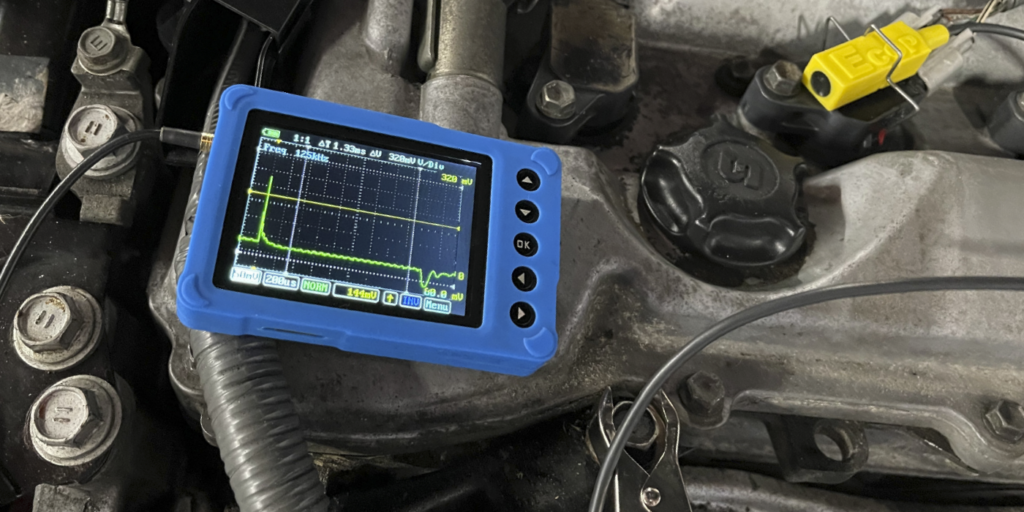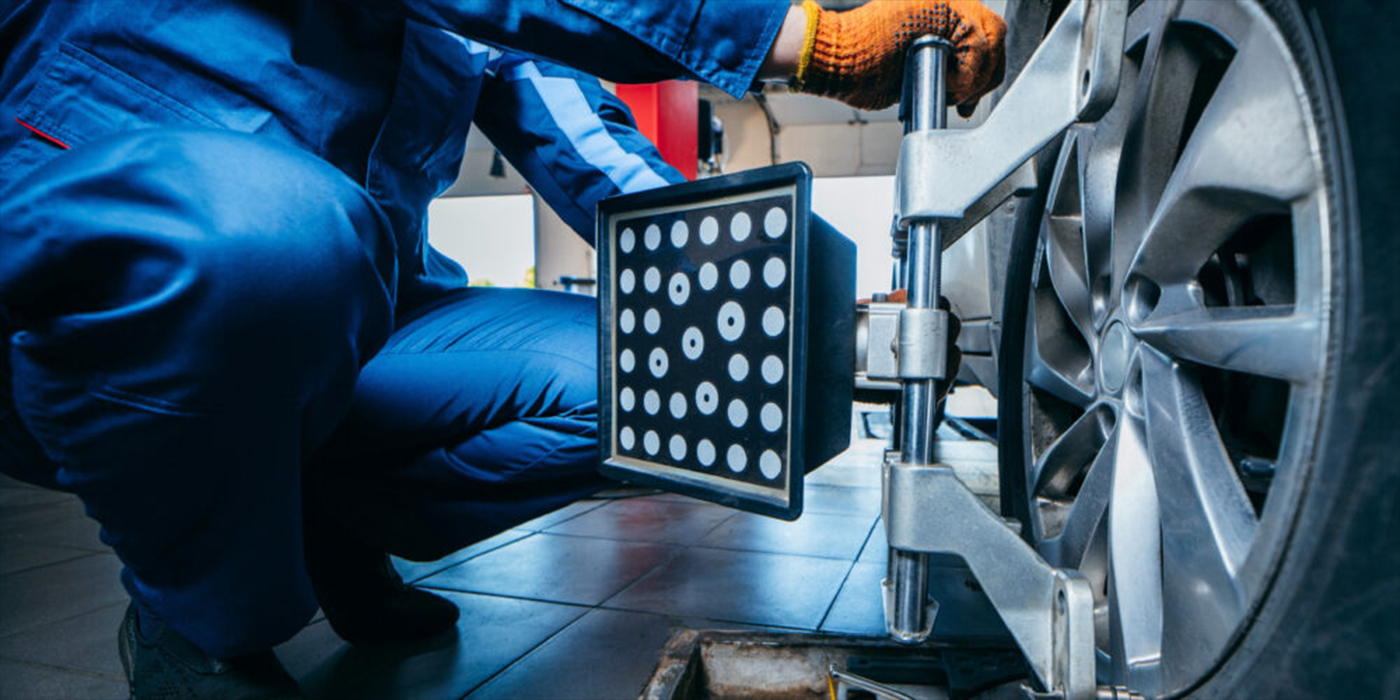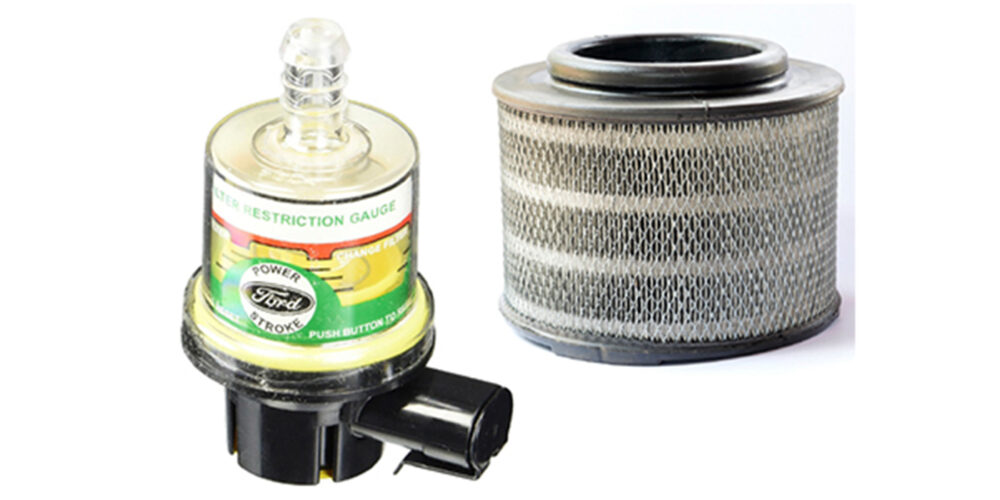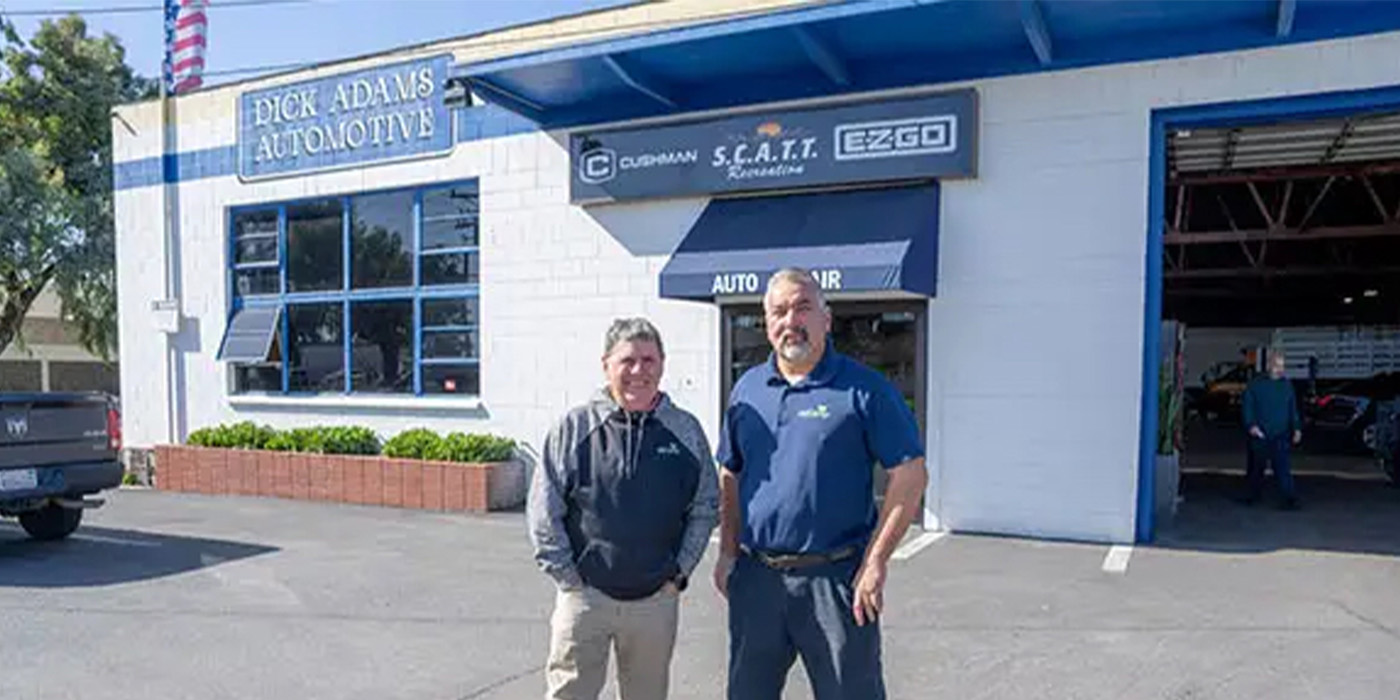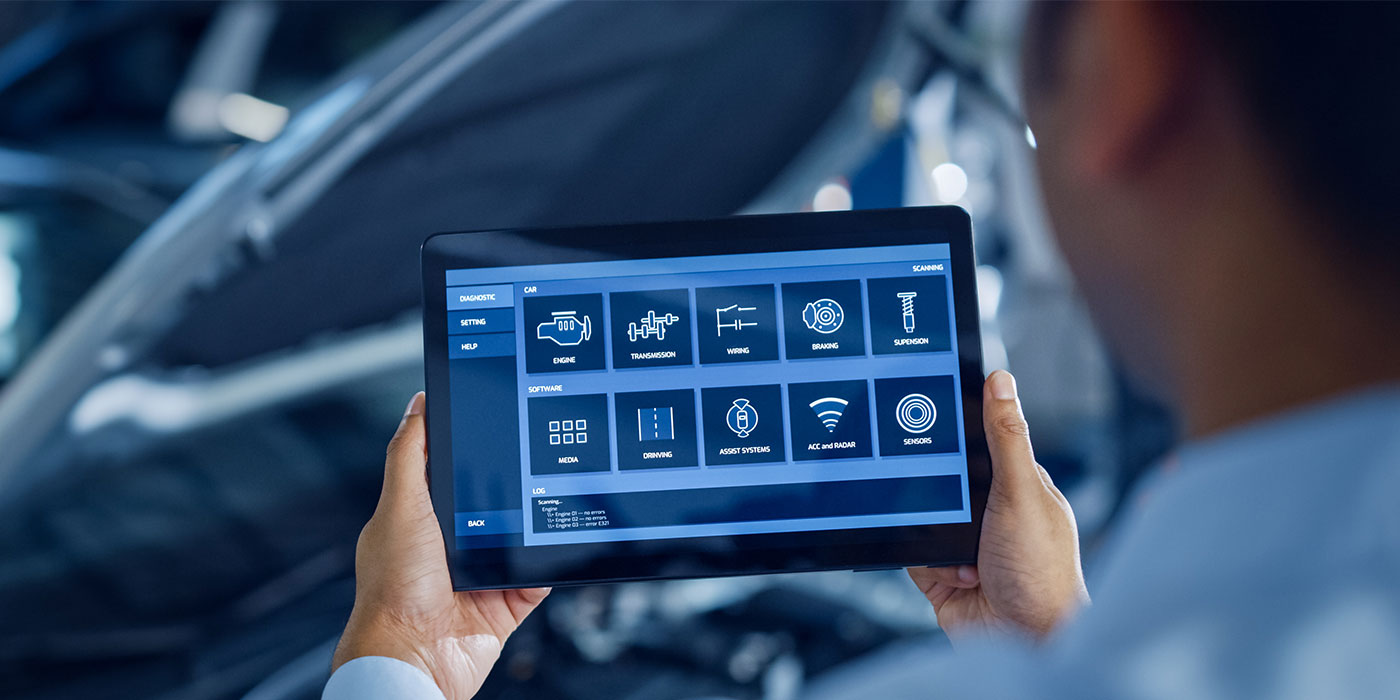
A comprehensive diagnostic routine relies on your scan tool, service information and you.
What’s your approach to check engine light diagnosis? We all might dial into it in different ways, but it’s your routine that defines your success.
Every car is different, and there’s always a number of questions you go over in your head before you get started. How long has the light been on? Are there any symptoms other than the light? Have you seen the car or worked on it before? Did the customer have it checked somewhere else first, like an auto parts store? You want to get the whole story before you start, so you have fewer questions to ask later.
With the car in your bay, what’s your first step? You need to know what code or codes are stored, and your scan tool is the nucleus of your diagnostics, but is scanning for codes really the first thing you do? Or do you raise it slightly off the ground to make it easier to bend under the dash and plug in the scan tool?
Regardless of what you find, you’re going to look the car over to assess its overall condition and note anything else it may need when it is in, so why not raise it on a lift? Do you open the hood and inspect for anything obvious or general signs of maintenance before you start? The point is, it doesn’t matter what pre-steps or checks you take. They only take a matter of minutes and most importantly, it’s your routine.
Everybody does it differently, and ultimately, you’ll be looking for codes and data within a few minutes, but you should always follow your routine, no matter how you developed it and in what order you do it in. This develops consistency in your diagnostic approach.
Once you’ve connected a scan tool and you’re armed with the trouble code(s), your next step is information. Does your scan tool offer common or documented fixes for the problem? Does it bring up associated technical service bulletins (TSBs) for the vehicle? And what about freeze-frame data and current vehicle data? This is all part of information you may need as you are beginning the diagnosis.
You want to get the whole story before you start, so you have fewer questions to ask later.
The next step is documenting the codes and data so you don’t overlook anything and so the same information can be documented on the customer’s repair order. Then you’re off to service information. You’ll want to see what the manufacturer recommends for each particular code, and you’ll need their specific information, specifications and flow charts for an accurate diagnosis.
If there is more than one code present, this is also when you want to be extra diligent in your search for TSBs or documented information. When you have multiple codes, it’s a good idea to read about each of them, primarily about the conditions that must be met for the code to set, so that you can draw any parallels between them. Often this will help you narrow down and focus your diagnostic efforts before digging into and chasing several different systems.
Scan tool features will help dictate your routine, but not define it. When you’re shopping for a scan tool, you may also consider whether its features fit into your routine, or if they will improve on it. Scan tools that automatically connect to WiFi and send reports to a computer can be quite beneficial to technicians. You’ll have all of the information in one spot when it’s time to reference additional sources.
Your scan tool is important because you need to be able to rely on it. It’s not a substitute for service information and research, but it can save you a lot of time. A vast majority of scan tools have features designed to help technicians develop a diagnostic routine. The best example is with documentation of common repairs. In many cases, technicians across the country have taken the time to explain how they diagnosed the problem.
It may not be in depth, but more and more they are sharing a description of data fields they look at and a basic review of their diagnostic process. Sometimes it may differ from what we have done in the past, but we learn and develop our own routines by seeing what other people do and asking them questions. We learn from each other. It has always been and will always be that way. Modern scan tools have made this possible and have given technicians a way to network their skills.
Scan tool features will help dictate your routine, but not define it.
Your scan tool is your communication hub, and your routine takes over from there. All diagnostic procedures and flow charts start with basic checks. They never jump ahead. The basic checks such as power, ground and baseline signals are always at the beginning and should never be overlooked. This must be part of your routine, no matter how monotonous it may seem. The same is true for checking resistance in wires and connections. It’s work. It takes time, but it’s mandatory. No diagnostic routine is complete without it.
Sure, there are common problems that occur, and we know we can most likely replace certain components to fix a problem, but we are billing the customer for diagnostics, and it’s generally an hour minimum. We owe it to them and ourselves to perform the steps we can within reason to ensure we are replacing the correct components.
Utilizing flow charts and diagrams improves your understanding of the system in question and ensures you are taking the correct diagnostic direction. Do you consume information on the screen of a computer, or do you like to print it out so you can have it at the vehicle as you are working? This is important because it is the way that you benefit from the information, and it is your routine.
Too many times shop managers or owners want to break a technician’s routine so things are done their own way. Suggestions are fine and should be considered, but if they throw someone off a consitent path, it benefits no one. Every technician’s mind works differently, and we all have a different routine. We may get the same result in the same amount of time, just on a slightly different path.
Build your routine, follow it and modify it as you learn and develop additional skills. Let your scan tool help build it, then stick to it, every time. Success will follow.
This article appears courtesy of TechShop magazine.

